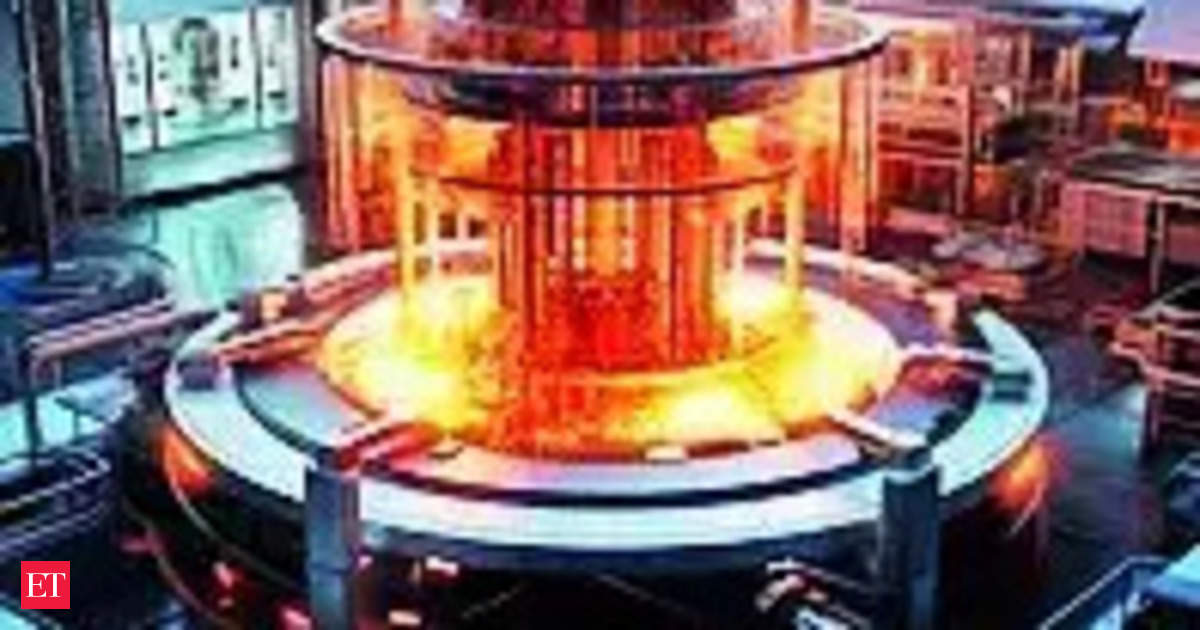The Department of Atomic Energy and Tata Consulting Engineers are redesigning the PHWRs to develop the Bharat small modular reactor.
“We’re going to take the old PHWR design and then reconfigure and redesign it to be modular, scalable and aligned with post-Fukushima safety standards.” Amit Sharmamanaging director and CEO of Tata Consulting Engineers, told PTI.
Sharma said that in the case of small modular reactors (SMRs), the plan was to manufacture 40-50 reactors in less than seven to eight years, but added that it required a high degree of standardisation, safety and modularity.
Presenting the Union Budget last month, Finance Minister Nirmala Sitharaman announced that the government would partner with the private sector to set up Bharat Small Reactors and in research and development of SMRs.
Sharma said the government would also partner with the private sector for research and development of new technologies for nuclear power. Sharma said engineers would redesign the PHWR using 3D design platforms that were not available 40 years ago when these reactors were first designed. The Nuclear Power Corporation of India Limited has so far installed 16 PHWRs of 220 MWe, two PHWRs of 540 MWe and two PHWRs of 700 MWe.
Fourteen other PHWR reactors of 700 MWe capacity each are at various stages of implementation and are expected to come online progressively by 2031-32.
Tata Consulting Engineers has been associated with the Department of Atomic Energy for several decades and has an 85 per cent market share in engineering services in the nuclear sector and is implementing several power projects.
Sharma said the Finance Minister’s mention of SMRs in his budget speech clearly showed the strong commitment to the energy transition.
“To be honest, the only viable long-term solution to achieving net zero emissions is nuclear. I think nuclear is the way to go; globally, everyone recognises that,” he added.
SMRs can be built in a factory, unlike conventional nuclear reactors which are built on site.
They have a power capacity of up to 300 MWe per unit. Being a mobile and agile technology, SMRs can be installed in locations not suitable for larger plants.
SMRs are considered to be making a significant and meaningful contribution to the energy transition phase as part of efforts to address the effects of climate change.
Disclaimer:
The information contained in this post is for general information purposes only. We make no representations or warranties of any kind, express or implied, about the completeness, accuracy, reliability, suitability or availability with respect to the website or the information, products, services, or related graphics contained on the post for any purpose.
We respect the intellectual property rights of content creators. If you are the owner of any material featured on our website and have concerns about its use, please contact us. We are committed to addressing any copyright issues promptly and will remove any material within 2 days of receiving a request from the rightful owner.

